Giant Leaf-footed Bug
June Bug
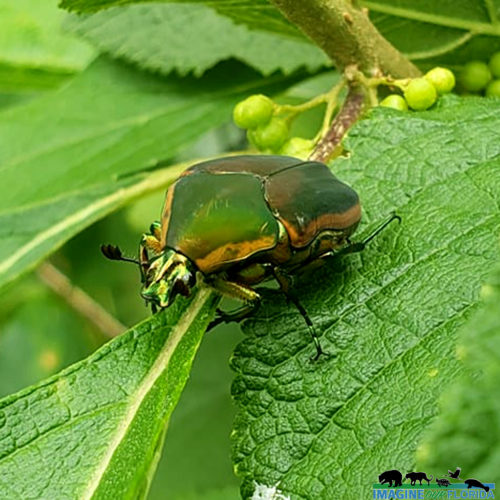
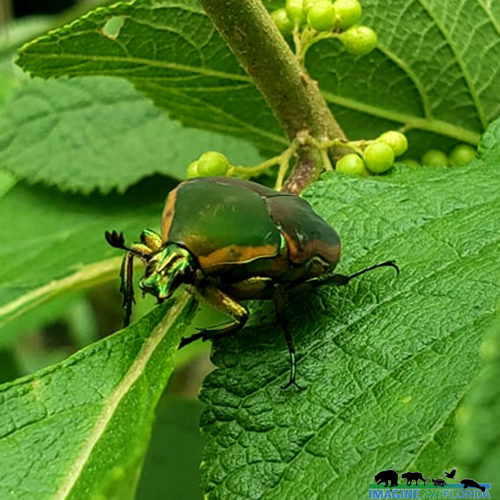
Garden Flea Hopper
The Garden Flea Hoppers (Microtechnites bractatus) are tiny little insects that lay eggs in plants’ stems. After about 14 days, the eggs hatch, and little green nymphs emerge. As they grow, they turn black, and their wings expand. These small pests tend to damage soft stem plants such as this scarlet salvia (Salvia coccinea). Luckily, parasitoid wasps are effective at keeping these little bugs from causing too much damage. Other insects have been suspected of managing their populations, but there is not much research to determine their effectiveness.
Photo credit: Aymee Laurain
Hanging Thief Robber Fly
The Hanging Thief Robber Fly (Diogmites) is an ambush predator that catches prey by either catching it from the ground or by catching it while on a plant. Once they obtain their food, they will use two legs to hang from a leaf or stem and use the rest to maneuver the food as they consume their catch.
The Hanging Thief Robber Fly is a large fly that hangs from leaves and branches waiting for its favorite food, bees, dragonflies, and biting flies like horse flies to pass by. It then takes chase and captures its prey in flight. It takes its prey to a branch or leaf where it pierces its victim with its mouthparts and drinks its fluids.
In this photo, you can see the behavior that earned this fly its common name of Hanging Thieves.
The genus Diogmites consists of 26 species in the United States, with 12 of those living east of the Mississippi River.
Lightning Bug
Let’s be a kid again with the Firefly/Lightning Bug!
Remember those nights of wandering outside in the spring and summer and being surrounded by amazing little flying strobe lights. They would come out at dusk and stay only for a few hours. We captured them in glass jars and looked in amazement as we tried to figure out how their lights worked.
Fireflies are a good indicator species for the health of an environment. Unfortunately, these little miracles of life are on the decline throughout the world because of overdevelopment, pesticide use, and yes, light pollution.
The best thing you can do to support fireflies is to stop using lawn chemicals and broad-spectrum pesticides. Firefly larvae eat other undesirable insects. They are nature’s natural pest control.
If you miss seeing these little buggers, you’ll be happy to know Central Florida’s firefly season is at the end of March and early April. In fact, Blue Springs State Park stays open a little past their usual closing time and has guided tours at this time so you can enjoy nature’s light show.

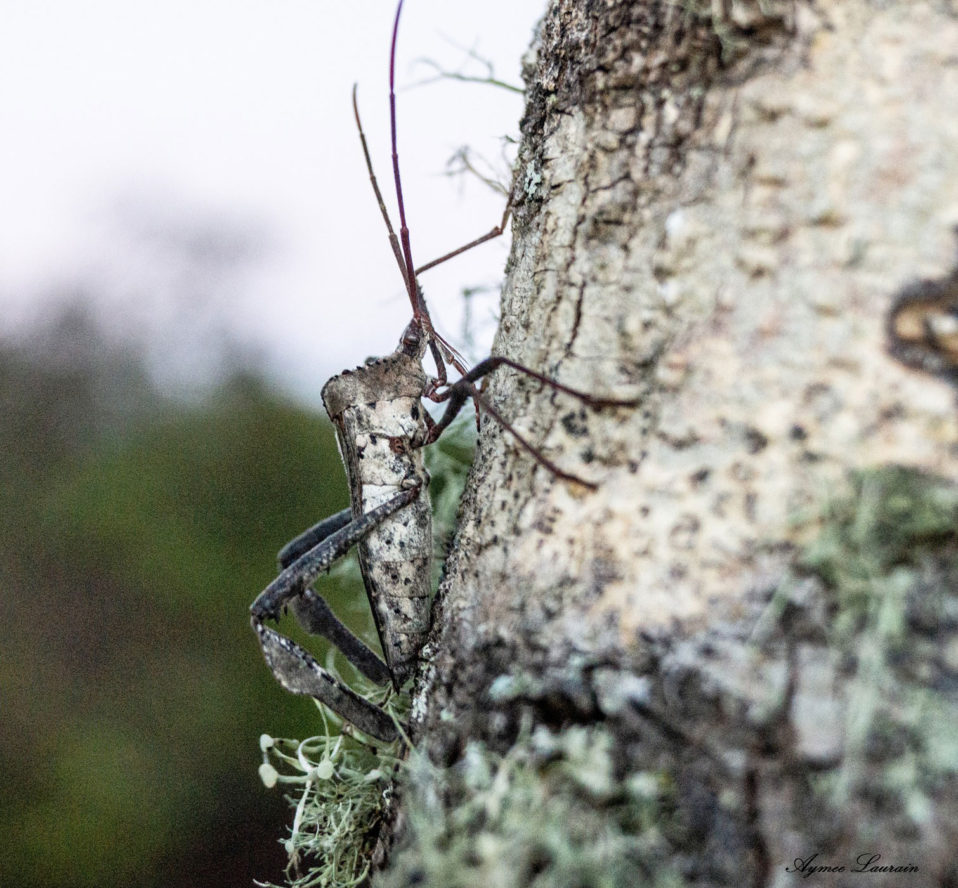
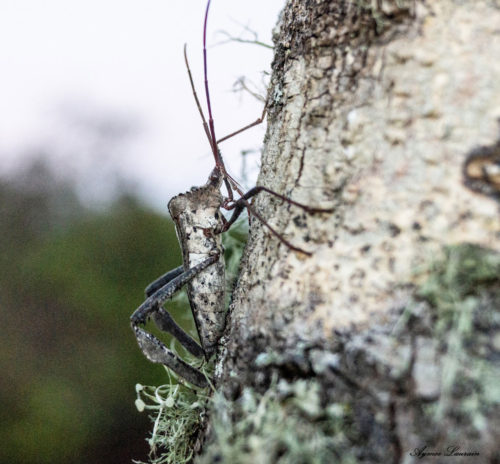
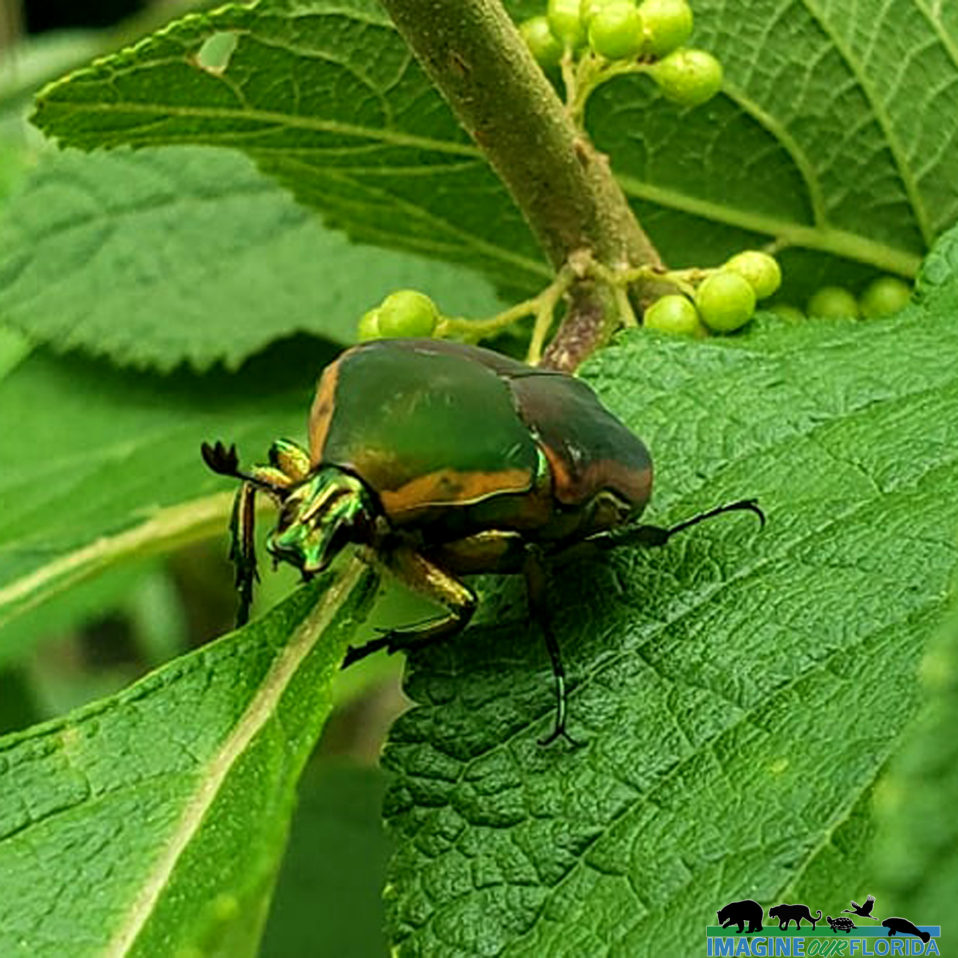
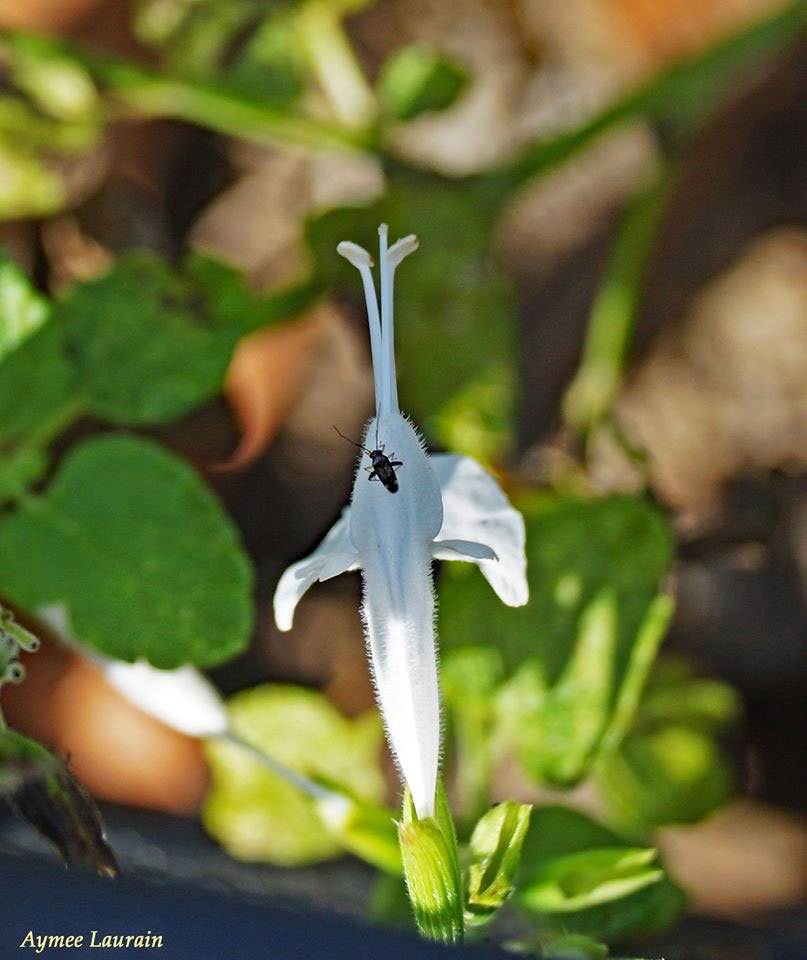
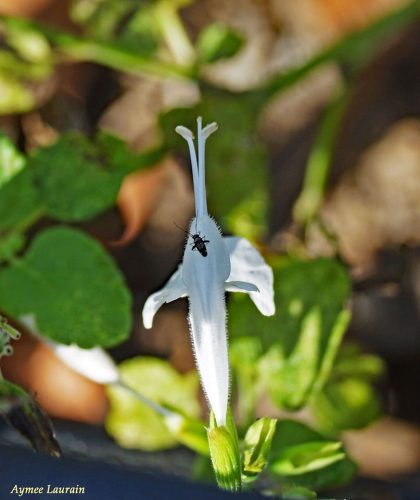
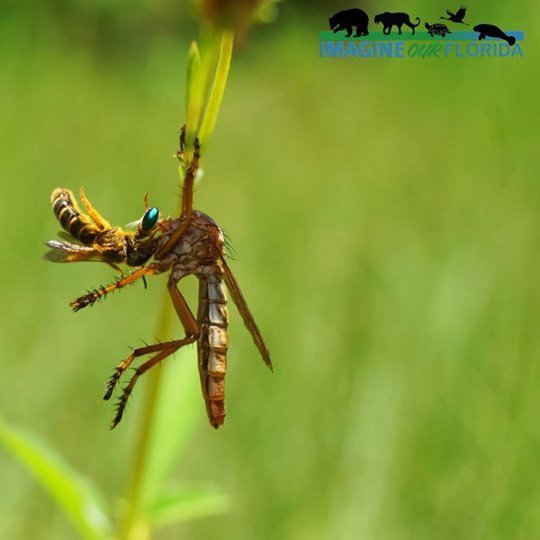
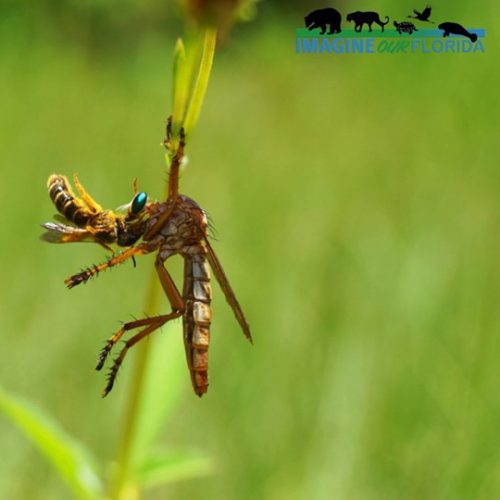
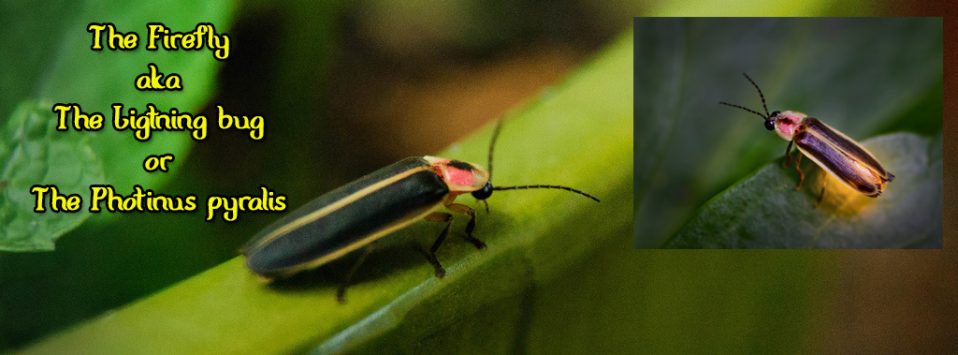
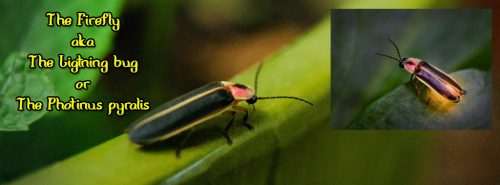
Recent Comments